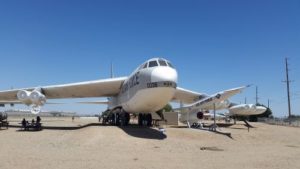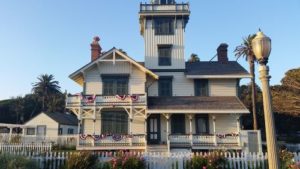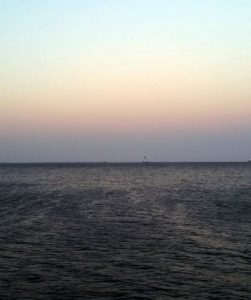Now, this is a post that would lend itself to overdoing on the Amazon Associates links. I will try to restrain myself to only maybe two or three.
Warner Brothers was founded by, well, four brothers with the surname of Warner — Harry, Albert, Sam, and Jack. I’m not 100% certain why Jack has always been the only one whose name I know off the top of my head. I’ll have to ponder that one. The Warner family originated in Poland (though Jack was born in Canada) and began in the movie business by owning theaters. Somehow they parlayed that into actually making movies and moved from Ohio (how’d they get from Canada to Ohio? I’ll have to look into that) to California.
The Warner Brothers’ first studio was on Sunset and Bronson (and has the scintillating name of the Sunset Bronson Studios today).* The studio had the money to move to nicer digs in Burbank after the release of The Jazz Singer, the first ever “talking picture” — a movie with sound. The Warners accomplished this when they purchased a company that owned movie theaters and which had a one-third stake in First National Pictures, a different movie studio. They purchased the other two-thirds of First National later that year and First National owned the land in Burbank where Warner Brothers is today.
Over time, Warner Brothers continued making movies and also diversified into animation, television, music, and publishing (with their purchase of DC Comics). Looking at the official company history page, I kind of both would love and hate looking at their corporate structure chart. “Warner Horizon Scripted Television”?
Anyway, so the tour. As I think I’ve mentioned before, Thomas and I went on the tour back in the mid-90s and I wanted to see how the property has changed and also to give Alex a chance to check it out. As you might expect, a lot was the same (if you lowered me gently from a helicopter into the middle of the backlot, it might not have taken me a dreadfully long time to figure out where I was, and I certainly would’ve known by the time I found Stage 16, which is the tall one with the WB logo on it that figures prominently in the company logo that runs before movies these days). Quite a bit has changed as well.
The tour starts out on a tram where the guide takes you around the backlot. This is where the outdoor scenes for a bunch of movies and television shows have been filmed. There’s a generic midwestern town and a generic city street, for example. There’s a generic little corner of a Paris street there as well, which was used in Casablanca, but I think I missed the photo of that one.
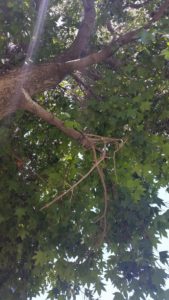
There also used to be a generic western town, but that area has been replaced by a generic suburban street, the buildings of which double as offices. That area may have been in use when we were there because I don’t remember that area, though maybe the tour guide just didn’t point out that they were also offices.
One of the other things that must have been in use that day was the jungle set with a water tank that has been any number of ponds, lakes, lagoons, and ocean shorelines. When Thomas and I took the tour, the guide gave a list of just some of the things that were filmed there. I’m sure the list would be even longer today.
Let’s see if I can stick an Amazon Associates link into a picture caption:
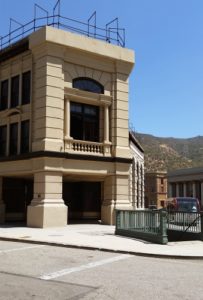
Hey! It looks like it worked!
*And here I took a break of something like 20 minutes to figure out if we ever got there in the 24 Hours of Happy thing and looking at the studio on Google Street View, it sure looks familiar. And, no, I don’t think we ever get this far down Sunset. It looks like we only go as far as Gower.

